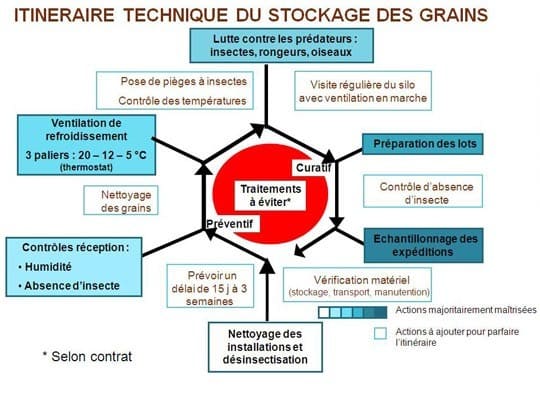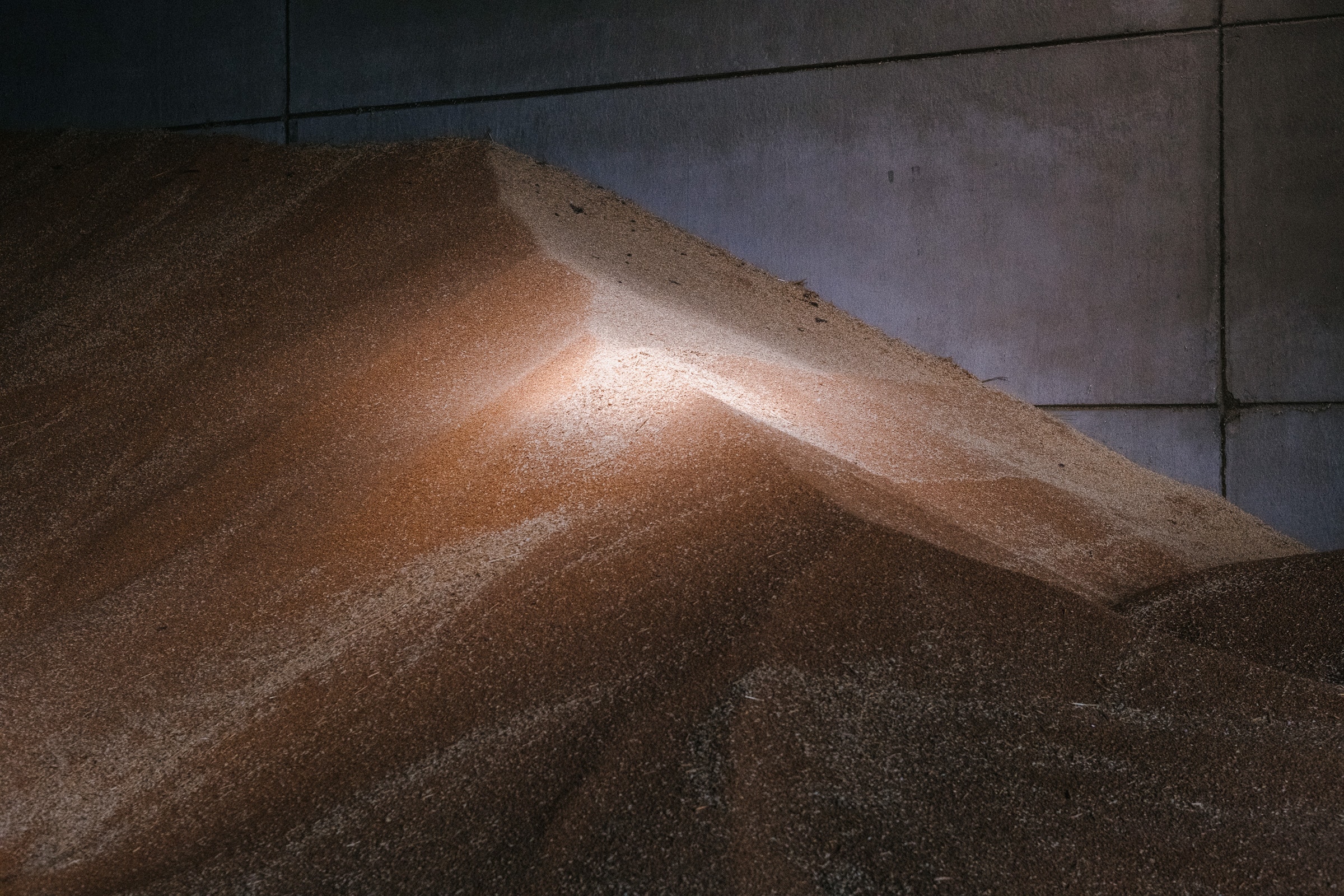The presence of live insects in stocks is an obstacle to grain commercialisation. ARVALIS - the technical institute in charge of applied research on agriculture, makes a few recommandations in order to help with insect risk prevention. This starts with cleaning the premises and the grain, followed by the use of silo ventilation, with monitoring the grain temperatures and finally the use of curative control methods if necessary.
A grain storage is an environment conducive to the development of insects which, with the exception of angoumois grain moths, do not come from the field. There are two types of storage insects: primary and secondary.
Insect control is becoming increasingly complex. In just a few years, the number of plant protection products has been considerably reduced and more and more markets are ruling out their use. The use of alternative methods is therefore becoming an imperative, especially as the systematic use of insecticides can lead to the appearance of insects resistant to the handful of molecules still available on the market.
It is therefore essential to prioritise all preventive insect control measures, which can be grouped together in a technical storage itinerary (figure 1), each stage of which contributes to the final control of insects.
Figure 1: The reasoned grain and seed storage itinerary


